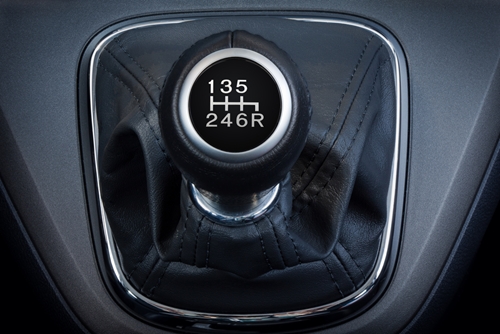Laguna Hills, CA – November 30, 2018 – Suzuki Motor America, Inc. (Suzuki) is recalling certain 2012-2013 Suzuki SX4 vehicles due to potential seizing of the power steering pump. The potential number of units affected is 18,673.
The Defect
According to the NHTSA Safety Recall Report, under cold start conditions in cold weather conditions, the power steering pump internal pressure may rise, resulting in seizure of the pump. Seizure of the power steering pump can result in a sudden loss of steering assist, increasing the risk of a crash.
Timeline of Events
In April 2016, SMC received an initial Field Technical Information Report (“FTIR”) from its Canadian distributor that indicated that there is no power steering assist when turning the steering wheel at low speed. It was confirmed that the vehicle in question had a replacement power steering pump (PS pump) installed for the 15V-587 recall (Suzuki VS recall for PS pump failure), reported to NHTSA in September 2015. SMC collected the PS pump from the Canadian distributor and asked the supplier to investigate the failure.
The following investigation results confirmed that there was seizure of the cartridge sliding surface inside the PS pump. It was identified that for the VS recall countermeasure PS pump, the lower limit of the spool clearance value was changed and 11.6mg of contamination was found inside of the PS pump, exceeding the supplier manufacturing process contamination control value of 5 mg or less. SMC could not identify the reason why the cartridge sliding surface seized.
SMC subsequently received a second, third and fourth FTIRs from its Canadian distributor with more or less the same results and no ability to identify what cartridge sliding surfaces seized. From January to March 2018, SMC received 15 additional FTIRs from Canada and 9 FTIRs from the United States. SMC confirmed that all of the vehicles involved had the VS recall correction. From April to June 2018, SMC received 3 additional FTIRs from Canada and an additional 9 FTIRs from the United States, and from June to August 2018, SMC received 2 additional FTIRs from the United States. SMC had received a cumulative total of 42 FTIRs.
SMC began to coordinate with a supplier of competing PS pumps to request an evaluation test of the VS recall countermeasure PS pump, but despite low temperature accelerated tests of the VS recall countermeasure PS pump the cause of the PS pump seizure could not be identified. In October 2018, SMC continued conducting the investigation and in November, 2018 SMC decided to report the existence of a safety-related defect. SMC is still working to identify the root cause of the PS pump failures, and to determine a recall countermeasure.
The Solution
The remedy for this recall is still under development. The manufacturer has not yet provided a notification schedule. Owners may contact Suzuki customer service at 1-800-934-0934. Owners may also call the National Highway Traffic Safety Administration Vehicle Safety Hotline at 1-888-327-4236 (TTY 1-800-424-9153). The NHTSA Campaign Number for this recall is 18V-804.

